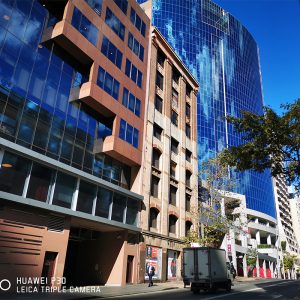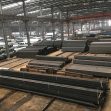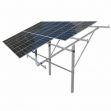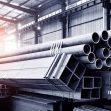Modern curtain wall design considerations
As previously mentioned, modern curtain wall design can be helpful to resist environmental loads (wind, rain, thermal insulation) as well as bear physical loads such as seismic and blast loading. In that regard, its components should be designed and selected with duration in mind. However, expectancy level of duration depends on building type, size, ownership, management team and intended building usage. A brief review of some of the loading conditions is as follows:

Wind Loading
Curtain wall systems are designed to comply with prescribed Building Codes inclusive of ASCE7 [6], AAMA [3] and AA [2] recommendations. Depending on the building complexity, a wind tunnel study (physical scaled modeling) is used to identify design pressures and also to highlight areas with expected elevated pressures. Full-scale testing at accredited laboratories for air/water/lateral/seismic loads may also be conducted. In particular, buildings along the coastline subjected to Hurricane loading often incorporate requirements for missile impact designs.
Thermal Loading
The performance of the curtain wall under thermal loading is also important. Depending on the interior environment, one of the challenges that must be met is good moisture condensation resistance capability. Condensation on the framing is a significant concern for building ownership for varied reasons. Theoretical modeling techniques and tools such as THERM and WUFI, allow the designers to perform parametric studies by varied parameters. The response information may then be used by the design community to economize and make the systems more efficient. As for curtain wall structure, there are internal elements such as thermal breaks and thermal isolators that assist in improving the framing performance.
Seismic Loading
This may be incorporated in a full-scale laboratory test. In addition, after a natural occurrence, due diligence on the wall performance also provides information on the envelope performance. There are task Groups developed or assigned to regions to observe and retrieve information pertinent to the building structure as well as the building envelope performance. These studies contribute to improvement in component design of the curtain wall.
Light Transmittance
Light transmittance is always considered one of obvious requirements for glass curtain wall systems in applications. The amount of transmitted lighting through the vision areas may be controlled in different methods based on your glazing option, tint choice, glass fritting, insulating glazing composition as well as shading. The expected parameters are provided by glazing manufacturers from testing and included in the mechanical system study for the building.
Tel: +86 18202256900 Email: steel@tjdpbd.com










